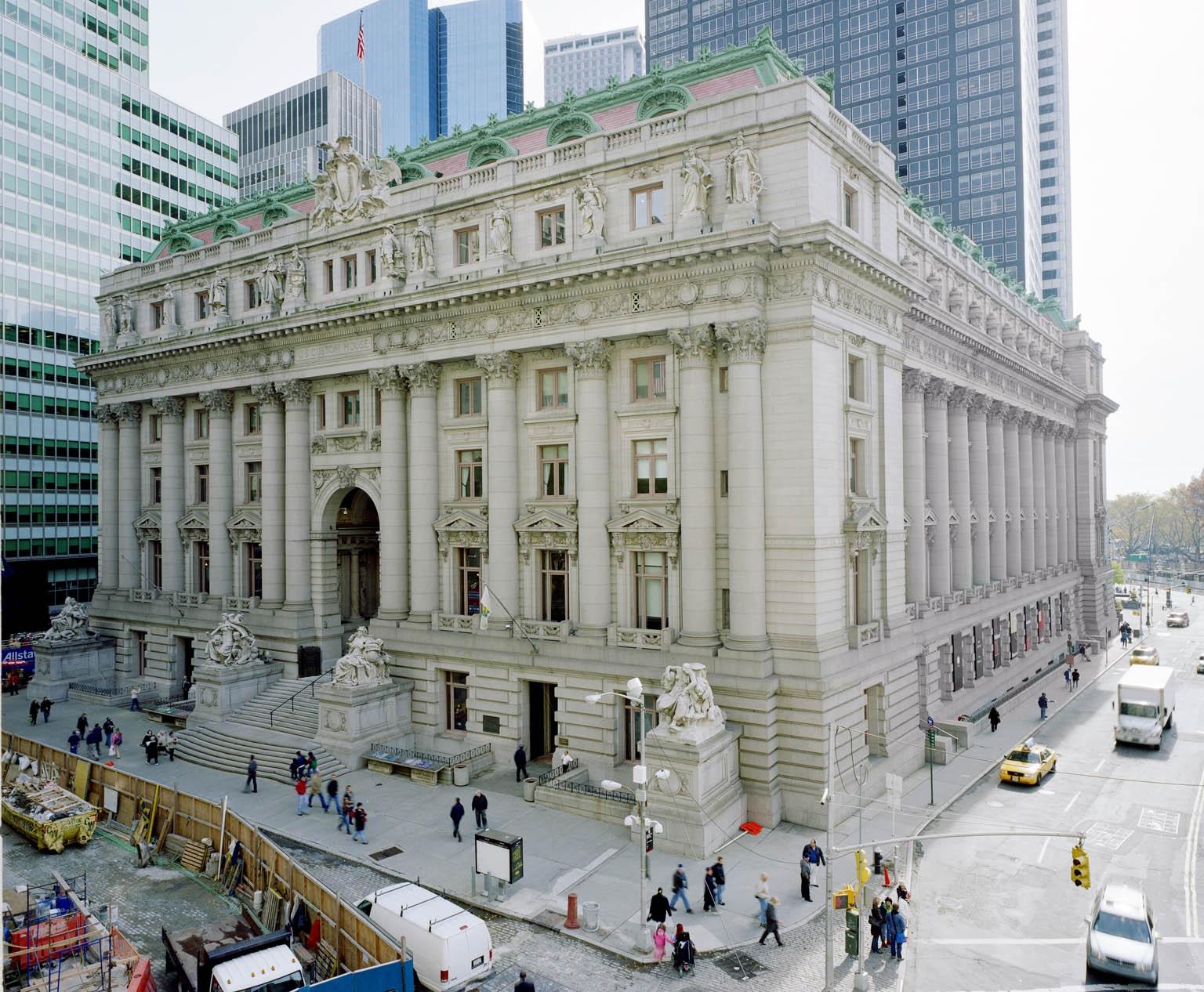All great things require planning. Ancient Rome and the Pyramids did not just come to be. Instead, they were the result of a vision and a plan. Building preservation is subject to extensive planning and has a multitude of factors to consider. While building preservation planning is never actually easy, some buildings or places have fewer things to consider during the construction of the plan.
It is the responsibility of the owner of a historical place to preserve the history the location offers. Essentially, these people have a duty to keep history alive. This entails a process. Essentially, historic building preservation planning is a process by which the specific needs of historic collections are determined, the priorities to ensure preservation are established, and the resources necessary for proper preservation are identified. This process results in a written, long-range preservation plan.
This written document includes many subjects and points. Records of not only the current preservation plan are included, but the records of past preservation are incorporated, as well. These records shape the overall future of the historical collection.
In addition to the past and present records, a needs assessment survey is incorporated into the overall plan. The needs assessment survey determines the needs of the place and the actions necessary to meet these needs. Typically, one assessment survey is sufficient, but historical places such as museums need multiple surveys as they have multiple historical collections.
All historic building preservation planning must evaluate the policies, practices, and conditions of the historic property. Additionally, all plans must include the current state of the historic collections and describe how to improve their conditions. The plans must also highlight how to preserve their history in the long-term.
To conclude, historic building preservation planning must identify the needs of a historical place, item, or collection. The plan must then organize and prioritize these needs to ensure the solid preservation of something’s history. For more information on historic preservation planning, contact me today.
All great things require planning. Ancient Rome and the Pyramids did not just come to be. Instead, they were the result of a vision and a plan. Building preservation is subject to extensive planning and has a multitude of factors to consider. While building preservation planning is never actually easy, some buildings or places have fewer things to consider during the construction of the plan.
It is the responsibility of the owner of a historical place to preserve the history the location offers. Essentially, these people have a duty to keep history alive. This entails a process. Essentially, historic building preservation planning is a process by which the specific needs of historic collections are determined, the priorities to ensure preservation are established, and the resources necessary for proper preservation are identified. This process results in a written, long-range preservation plan.
This written document includes many subjects and points. Records of not only the current preservation plan are included, but the records of past preservation are incorporated, as well. These records shape the overall future of the historical collection.
In addition to the past and present records, a needs assessment survey is incorporated into the overall plan. The needs assessment survey determines the needs of the place and the actions necessary to meet these needs. Typically, one assessment survey is sufficient, but historical places such as museums need multiple surveys as they have multiple historical collections.
All historic building preservation planning must evaluate the policies, practices, and conditions of the historic property. Additionally, all plans must include the current state of the historic collections and describe how to improve their conditions. The plans must also highlight how to preserve their history in the long-term.
To conclude, historic building preservation planning must identify the needs of a historical place, item, or collection. The plan must then organize and prioritize these needs to ensure the solid preservation of something’s history. For more information on historic preservation planning, contact me
All great things require planning. Ancient Rome and the Pyramids did not just come to be. Instead, they were the result of a vision and a plan. Building preservation is subject to extensive planning and has a multitude of factors to consider. While building preservation planning is never actually easy, some buildings or places have fewer things to consider during the construction of the plan.
It is the responsibility of the owner of a historical place to preserve the history the location offers. Essentially, these people have a duty to keep history alive. This entails a process. Essentially, historic building preservation planning is a process by which the specific needs of historic collections are determined, the priorities to ensure preservation are established, and the resources necessary for proper preservation are identified. This process results in a written, long-range preservation plan.
This written document includes many subjects and points. Records of not only the current preservation plan are included, but the records of past preservation are incorporated, as well. These records shape the overall future of the historical collection.
In addition to the past and present records, a needs assessment survey is incorporated into the overall plan. The needs assessment survey determines the needs of the place and the actions necessary to meet these needs. Typically, one assessment survey is sufficient, but historical places such as museums need multiple surveys as they have multiple historical collections.
All historic building preservation planning must evaluate the policies, practices, and conditions of the historic property. Additionally, all plans must include the current state of the historic collections and describe how to improve their conditions. The plans must also highlight how to preserve their history in the long-term.
To conclude, historic building preservation planning must identify the needs of a historical place, item, or collection. The plan must then organize and prioritize these needs to ensure the solid preservation of something’s history. For more information on historic preservation planning, contact me




